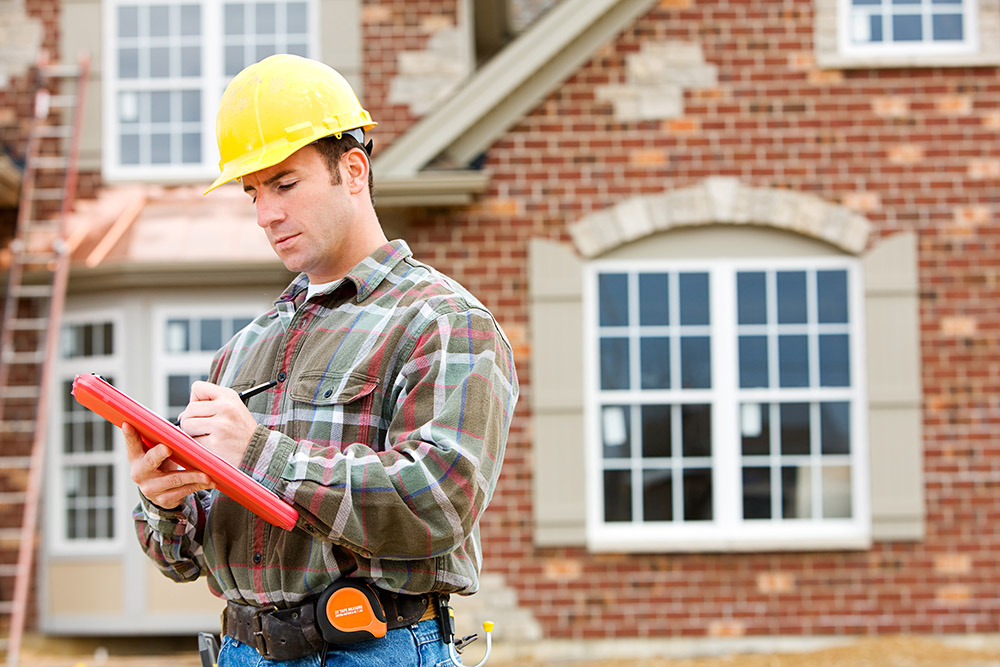Recently, technology has revolutionized the real estate industry. Traditional practices have been enhanced for better efficiency for buyers, sellers, agents, and property managers alike. From virtual tours to the integration of artificial intelligence (AI) in property management, these advancements have not only streamlined processes but also improved the overall customer experience.
Virtual Tours: Bringing Properties to Life
Gone are the days of relying solely on static images and floor plans to showcase properties. Virtual tours have emerged as a game-changer in real estate marketing, offering potential buyers an immersive experience from the comfort of their homes. Using high-definition cameras and specialized software, agents can create interactive 3D tours that allow viewers to navigate through properties as if they were physically present. This provides a comprehensive view of the layout, design, and flow of a home, helping buyers make more informed decisions without the need for multiple in-person visits.
For sellers, virtual tours expand the reach of their listings beyond local markets, attracting prospective buyers from everywhere. This has become especially crucial in times of restricted travel and social distancing measures, allowing the real estate market to remain active and accessible despite external challenges.
AI in Property Management: Enhancing Efficiency and Accuracy
AI has found its place not only in marketing but also in the operational aspects of property management. AI-powered tools are increasingly used to automate and optimize tasks such as tenant screening, rent collection, and maintenance scheduling. These systems provide vast amounts of data to predict market trends, assess property values, and recommend pricing strategies, enabling property managers to make data-driven decisions swiftly and effectively.
Moreover, AI-driven analytics provide insights into tenant preferences and behavior patterns, empowering landlords to personalize their offerings and enhance tenant satisfaction. Maintenance issues can be identified and addressed proactively through predictive maintenance algorithms, reducing downtime and minimizing repair costs. This approach not only improves operational efficiency but also prolongs the lifespan of property assets.
The Rise of Smart Homes: Integrating Technology into Living Spaces
Technology has already been a part of our homes through smart home systems. These interconnected devices allow homeowners to remotely control and monitor various aspects of their homes, from adjusting temperature settings and lighting to managing security systems and appliances. Smart home technology not only enhances convenience and comfort but also promotes energy efficiency and cost savings.
Incorporating these technological features into property listings can significantly increase marketability and resale value, as more consumers prioritize homes equipped with smart capabilities. From voice-activated assistants to integrated home automation hubs, the possibilities for customization and personalization are endless, catering to the diverse needs and preferences of modern homeowners.
Challenges and Considerations
While the benefits of real estate technology are undeniable, there are also challenges and considerations. Privacy concerns regarding the collection and use of personal data, cybersecurity risks associated with interconnected devices, and the potential for them to be obsolete later on are all factors that must be addressed. Additionally, there must be ongoing training and education to maximize the benefits of these innovations.
Looking Ahead
As technology continues to evolve quickly, the future of real estate promises further advancements and innovations. From advancements in virtual reality (VR) for even more immersive property tours to blockchain technology for secure and transparent transactions, the possibilities are vast. Embracing these innovations not only enhances operational efficiency and customer satisfaction but also positions real estate professionals at the forefront of a dynamic and evolving industry landscape.
——————–
***FUN FACT ***
The Manhattan Bridge almost had another name. It was the third bridge to be built across the East River so it was simply to be named, “Bridge No. 3.” The New York Times wasn’ having that and appropriately said that name was meaningless, and so the name was changed to the Manhattan Bridge. It connects Lower Manhattan at Canal Street with Downtown Brooklyn.





